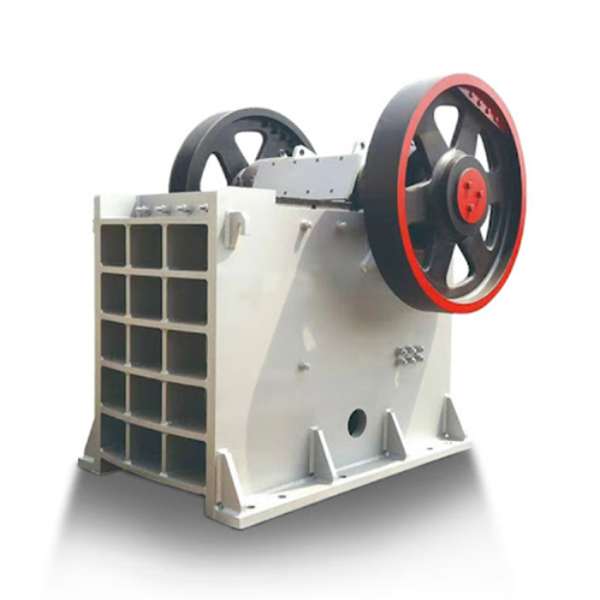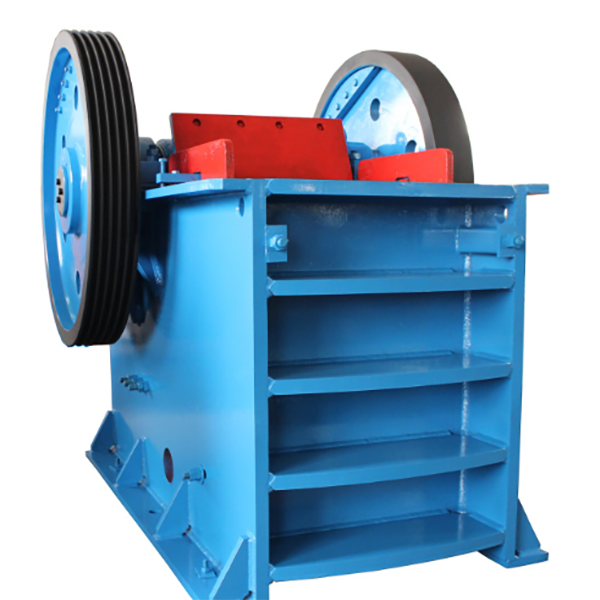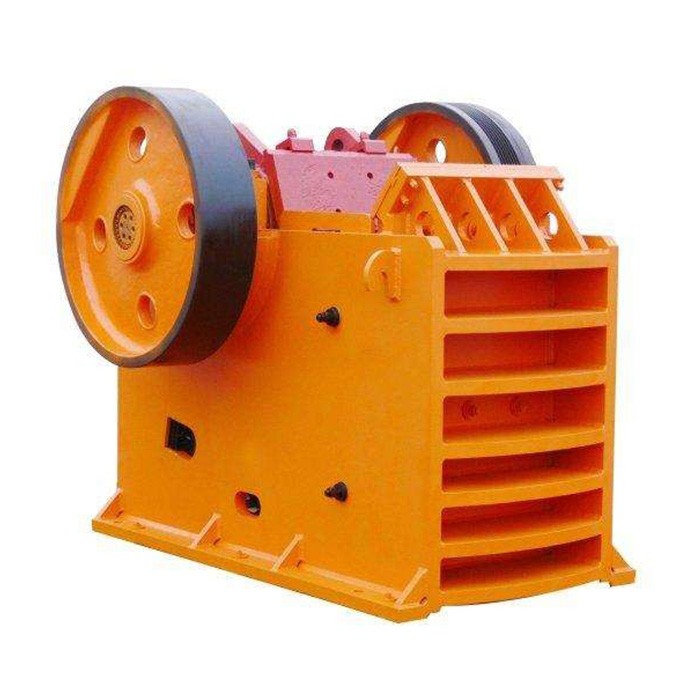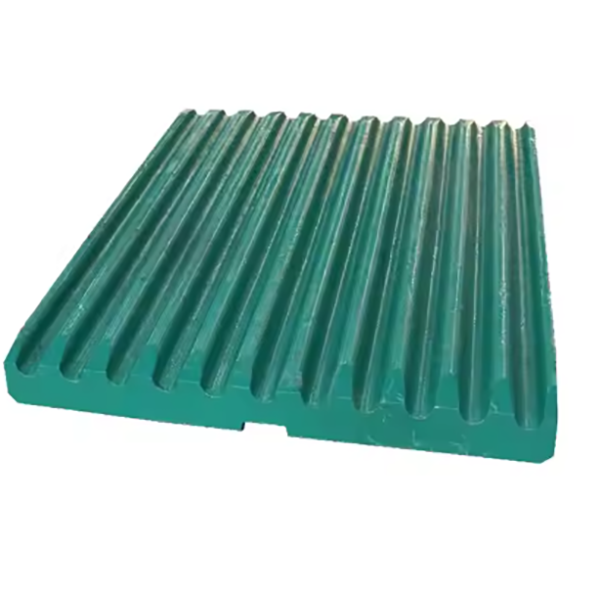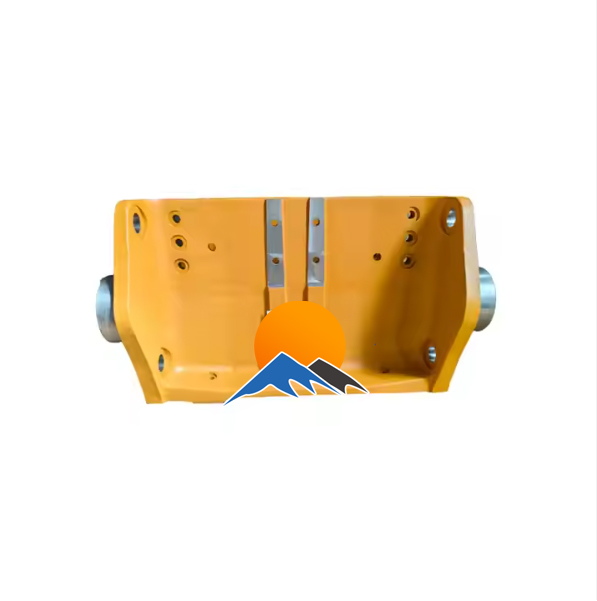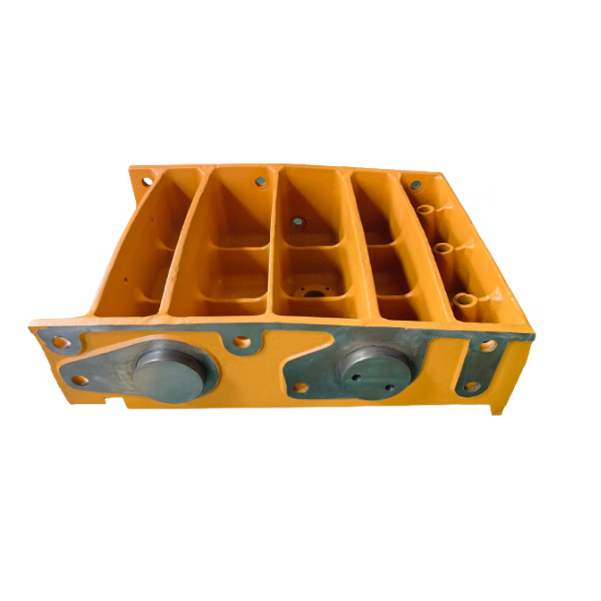Single swing Jaw Crusher
The single pendulum jaw crusher, a traditional primary crushing device, features a moving jaw swinging in a single arc around a suspension shaft, suitable for crushing materials with compressive strength ≤250 MPa (e.g., limestone, coal gangue) into 10–200 mm particles (crushing ratio 3–5). Its structure includes a frame, fixed/moving jaws, eccentric shaft transmission, shim adjustment, and toggle plate safety devices, characterized by simplicity and low cost.
Manufacturing involves cast/welded frames, 40Cr eccentric shafts (forging ratio ≥2.5), and ZGMn13 jaw plates (water toughened). Quality control includes UT for castings, bearing coaxiality checks (≤0.1 mm), and load testing (≥90% particle size compliance).
Widely used in small mines, construction materials, rural road building, and coal preprocessing, it offers economical reliability for low-budget, basic crushing needs, though with lower efficiency than double pendulum models.
More





